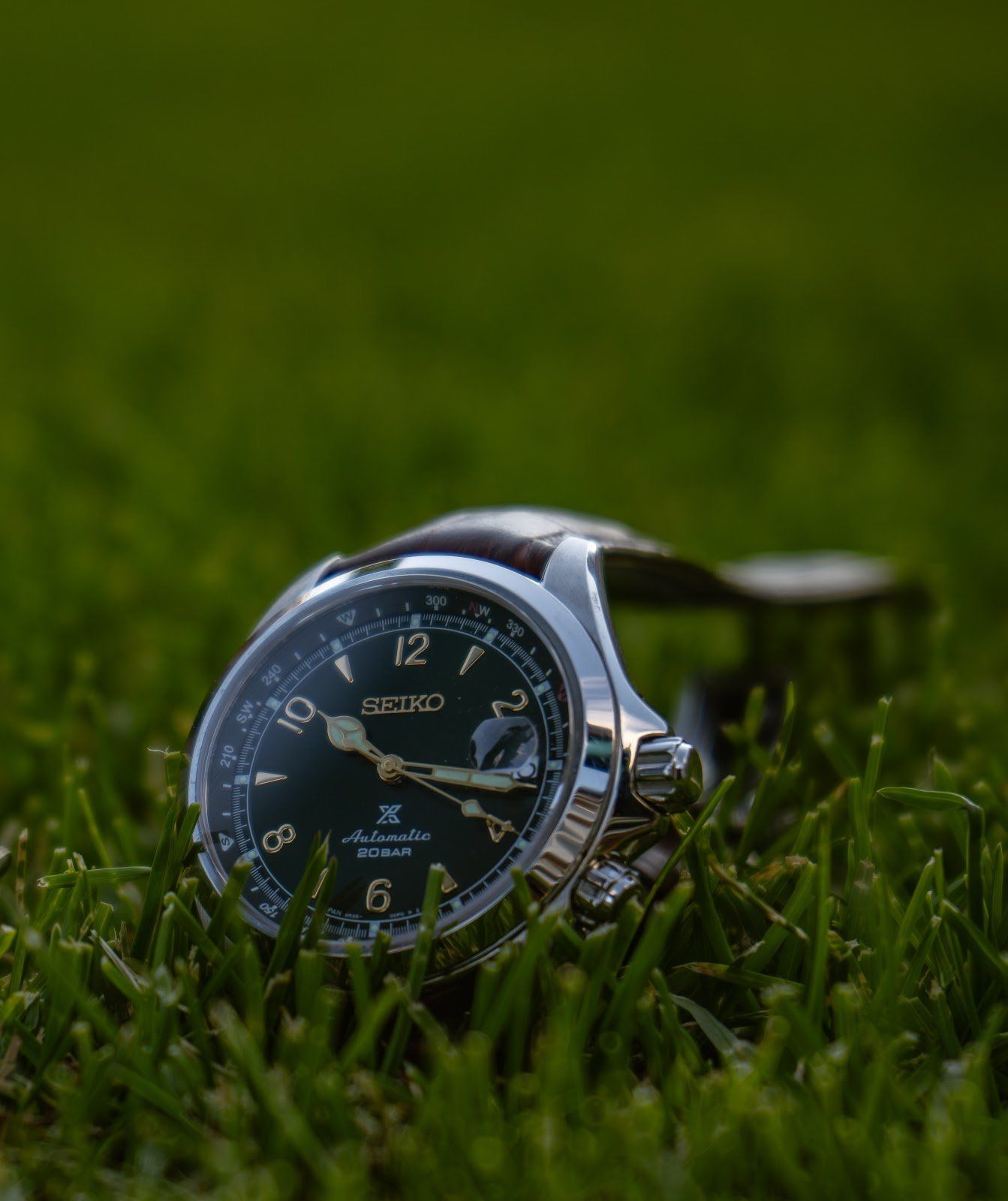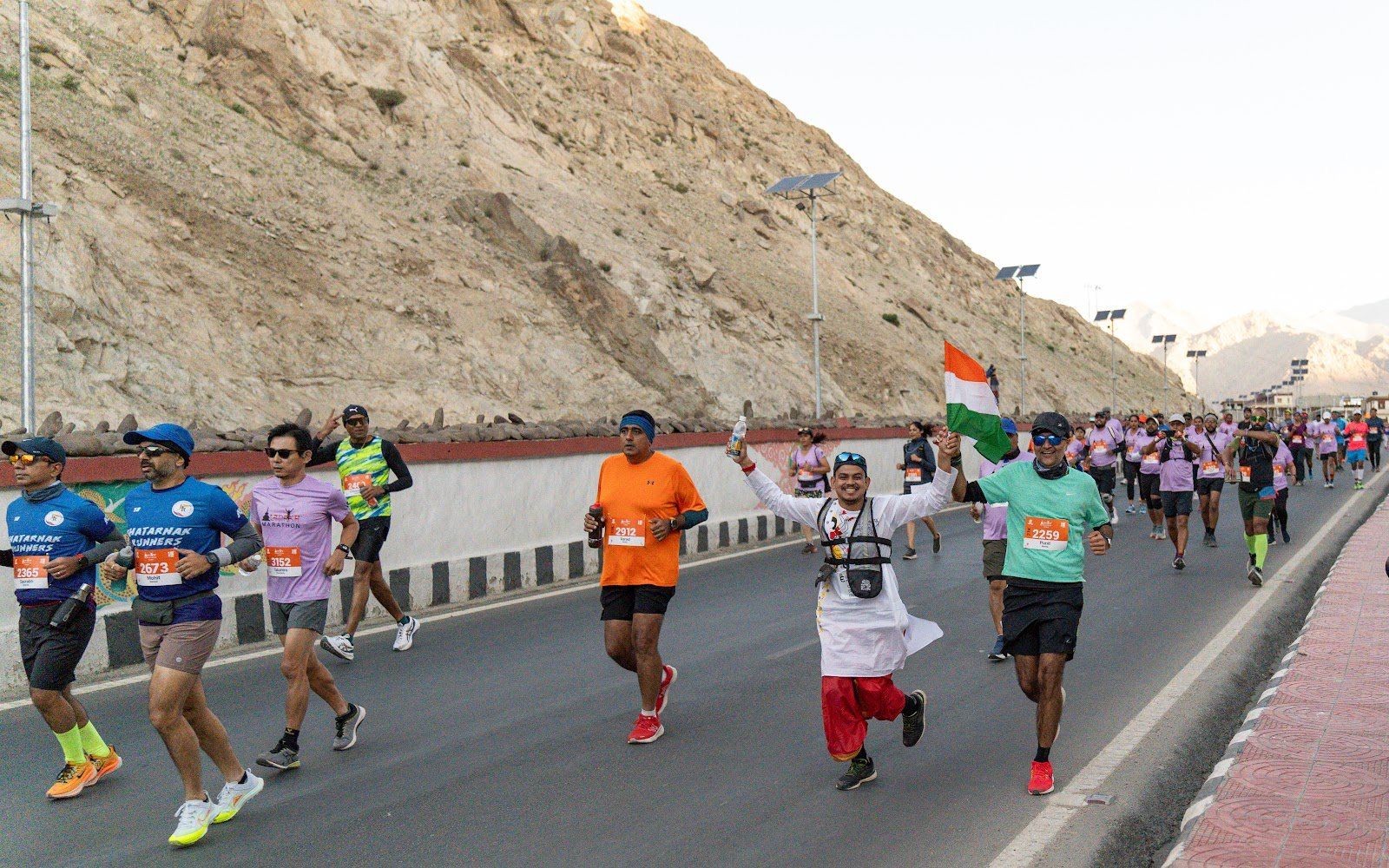


by Punit Mehta
We are all “Born to Run”, said Christopher McDougall when he shared his adventures of running in the Mexican Copper Canyon trails with the legendary Tarahumara tribes.
We started running as toddlers and somewhere in the midst of this journey called life, we forgot that biologically it is something that comes to us not naturally, but instinctively. We ran for food just as we ran when we didn’t want to become food in the past. In today’s technologically advanced and fast-paced life, we have stopped running physically and started a race of mental stress.
Much like mechanical watches if you think about it. The mechanical watch was created as a tool to measure time, which then turned into an accessory of fashion. Then came the era of battery-operated quartz watches, the smartwatches, and the new generation of watches.
If you wanted a ‘fit’ lifestyle you ran, if you want to see the time you had a watch that did so and that was about it. But some of us saw it in its pure form, the joy of running, the joy of mechanical watches.
The music in the wind and the ticking of the watches. All of this may sound a bit too poetic, but probably because it is!
Ladakh Marathon
Earlier this year, April 2023 I got an alert in my mailbox for the opportunity to participate in the Ladakh Marathon 2023. The Ladakh Marathon is a marathon held in Leh, a town in the Indian Union Territory of Ladakh. It claims to be the highest marathon in the world, held at a height of 11,500 to 17,618 feet.
High-altitude running has its own challenges, from low levels of oxygen to extreme weather conditions. This marathon route also had major elevation differences, which means a lot of inclines and declines over the scenic route. Considering this as a challenge for both mental and physical fitness, I decided to give it a go and to my fortune, I was selected for the Half Marathon Race (21.0975 kms).
My training did not start until 12 weeks before the event. Long runs, hill runs, and strength workouts to ensure I am capable of taking on those harsh mountain conditions. In order to train for the lack of oxygen, I had to ensure my body goes through a high level of stress conditioning during training at sea levels. For all my training and runs, I use a Garmin 735XT watch, which tracks everything from distance, pace to vitals such as heart rate and VO2 max.
However, during one of my training runs, in one of those high endorphins euphoria, I got a wild idea.
Why not combine both my passions and test a mechanical watch as I trek the hills? Let me explain, why this may not be such a wise idea to begin with. A mechanical watch is usually not designed to take on the stresses related to the altitude and the sudden and continuous movements during a long-distance run. Yes, there are the ‘sports watches’ or the ‘dive watches’ but we seldom will hear people do extreme sports or deep dives with their expensive mechanical watches. Watches aren’t really considered ‘tools’ in this day and age much like they were back in the day.
Sudden jolts or shocks can potentially damage several critical components within the movement of a mechanical watch, affecting its functionality and accuracy. What could go wrong?

My Companion for the Ladakh Marathon: Seiko Prospex
Seiko Prospex challenges every limit with a collection of timepieces for sports lovers and adventure seekers chasing greatness at sea, in the sky, or on land - as the brand claims. Out of all the ‘Land watches’ I decided to go for the blue “Baby Alpinist” SPB157J1.
The Alpinist collection is known for its rugged and reliable features for those who push extreme limits on their adventures on land. This watch with its mechanical movement, +25 to -15 seconds per day accuracy, and a three-fold clasp system to hold firmly on the wrist was the perfect candidate for this challenge. Would anyone imagine wearing a mechanical watch for their run? Well, I’m one who’s always up for a challenge and this was just it!

While my companion for the race was all set, the turn of events before the race was a great learning experience. As we know, the weather in Leh is difficult to acclimatize to and it got the better of me. With a blocked nose, fluctuating blood pressure levels, and a rapidly beating heart, it was quite the race! There were many inclines and declines and the route as we know wasn’t the easiest, but I had to keep going.
But all in all, with my companion on the wrist, and my companion for life - my father who was there as my cheerleader, made it all worth it. Would I do it again? Hell yes!
I have been very fortunate in my life to be able to combine my passions through this experience.
I always believe in using my watches and always suggest ‘Watches are to wear and not for the safe’. Some sports watches are considered an ‘investment’, a style statement or even an indication of wealth. But at the end of the day, these are watches, tools and are meant to be loved on a daily basis. If they are ‘sports’ watches and you have the opportunity to use them as one, then go ahead and push them to the limits!
No articles found